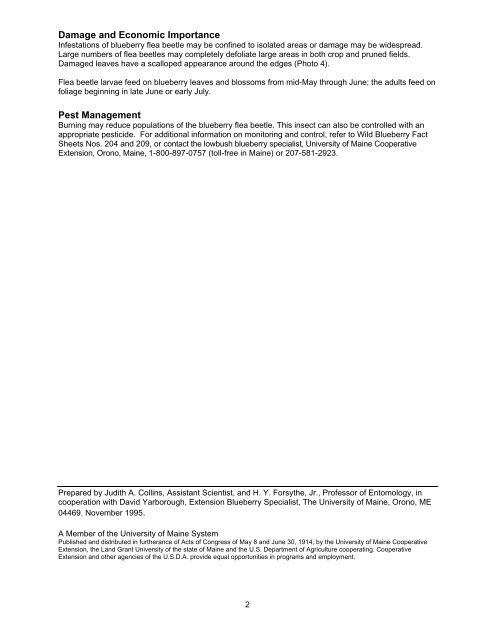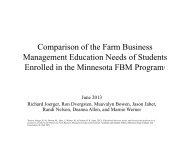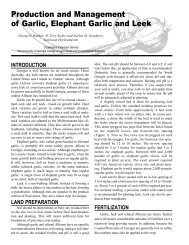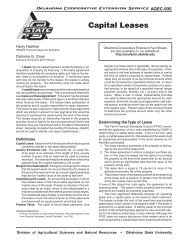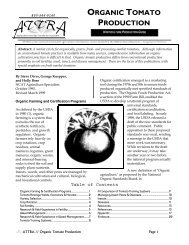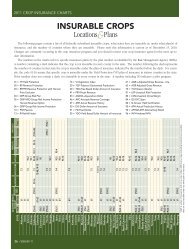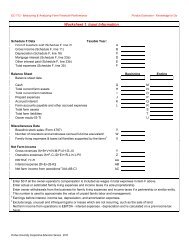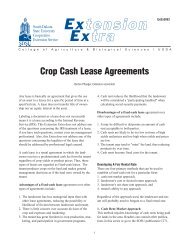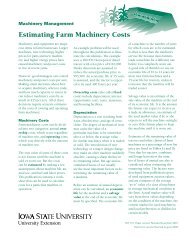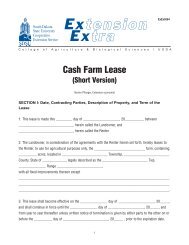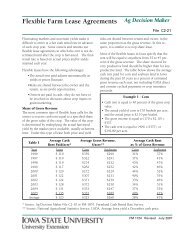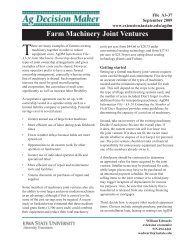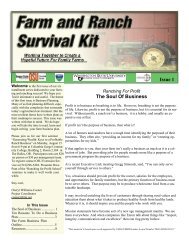Blueberry Flea Beetle
Blueberry Flea Beetle
Blueberry Flea Beetle
You also want an ePaper? Increase the reach of your titles
YUMPU automatically turns print PDFs into web optimized ePapers that Google loves.
Damage and Economic Importance<br />
Infestations of blueberry flea beetle may be confined to isolated areas or damage may be widespread.<br />
Large numbers of flea beetles may completely defoliate large areas in both crop and pruned fields.<br />
Damaged leaves have a scalloped appearance around the edges (Photo 4).<br />
<strong>Flea</strong> beetle larvae feed on blueberry leaves and blossoms from mid-May through June; the adults feed on<br />
foliage beginning in late June or early July.<br />
Pest Management<br />
Burning may reduce populations of the blueberry flea beetle. This insect can also be controlled with an<br />
appropriate pesticide. For additional information on monitoring and control, refer to Wild <strong>Blueberry</strong> Fact<br />
Sheets Nos. 204 and 209, or contact the lowbush blueberry specialist, University of Maine Cooperative<br />
Extension, Orono, Maine, 1-800-897-0757 (toll-free in Maine) or 207-581-2923.<br />
Prepared by Judith A. Collins, Assistant Scientist, and H. Y. Forsythe, Jr., Professor of Entomology, in<br />
cooperation with David Yarborough, Extension <strong>Blueberry</strong> Specialist, The University of Maine, Orono, ME<br />
04469. November 1995.<br />
A Member of the University of Maine System<br />
Published and distributed in furtherance of Acts of Congress of May 8 and June 30, 1914, by the University of Maine Cooperative<br />
Extension, the Land Grant University of the state of Maine and the U.S. Department of Agriculture cooperating. Cooperative<br />
Extension and other agencies of the U.S.D.A. provide equal opportunities in programs and employment.<br />
2


